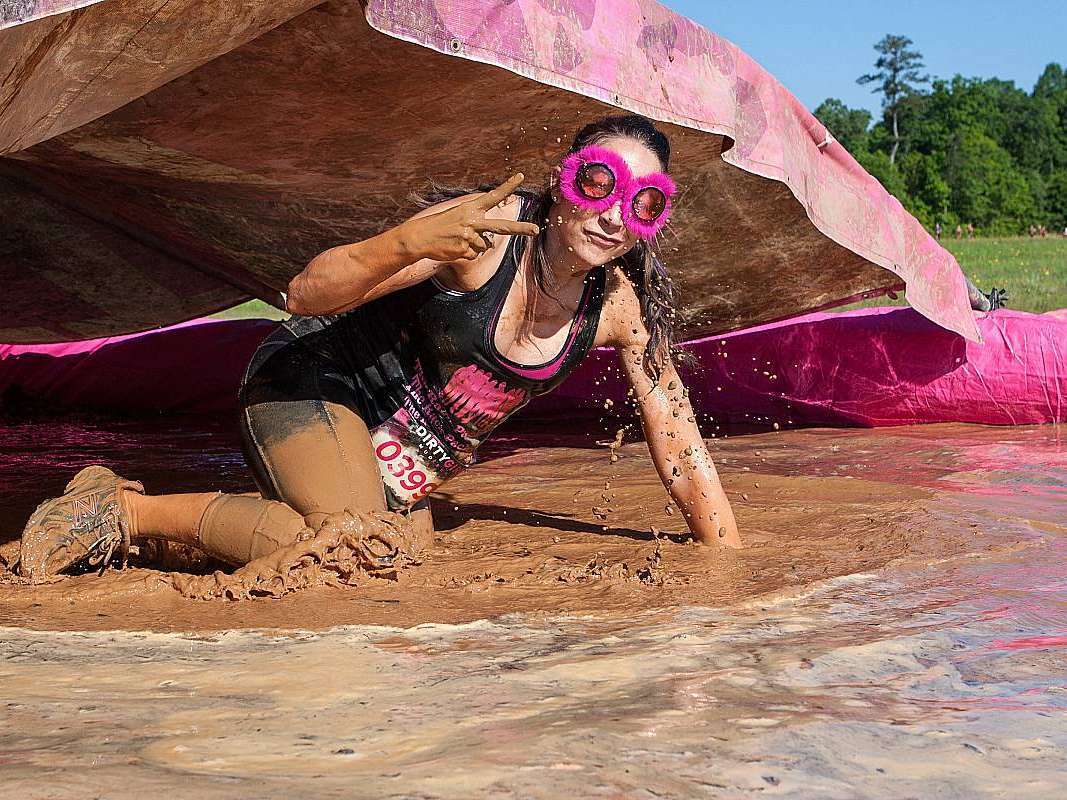Notable psychologist Abraham Maslow created the well-known Maslow’s Hierarchy of Needs, a theory that describes a universal set of needs that all human beings share.
Maslow identified the very highest need of human beings to be what he called “self-actualization” — the desire to reach our fullest potential.
So it’s no surprise that endurance athletes of all ages are continually challenging themselves to swim, bike and run farther.
In the area of running, more and more people are pushing past the marathon distance of 26.2 miles and wanting to run farther — which means ultra running — and ultramarathons are becoming increasingly popular.
This has certainly been the case for me.
I first began competing in half-marathons, then full marathons, and in more recent years I have been running in ultramarathons, which is typically defined as a run of 50 miles or more.
The 50K (roughly 31 miles) is the “shortest” standard distance you’ll find when you push beyond the limits of the marathon. Source
The Popularity Of Ultra Running
Ultra running is not new but until the last few years it has been a rather obscure sport considered to be for very few elite endurance athletes. A few things have changed this.
First, ultra running has become more of a newsworthy item. Ultra running personalities such as Dean Karnazes and Scott Jurek have put ultra running in mainstream media, and grueling endurance runs such as the Badwater 135-mile run through Death Valley has drawn lots of media attention and popular interest.
Bestseller book Born to Run by Christopher McDougall also helped popularize ultra running to the masses. As a result, an increasing number of people of all ages are becoming interested in training for and competing in a 50-mile or 100-mile running event. Maybe you’re one of them.
 The good news is that you don’t have to be an elite superhuman athlete to run an ultramarathon. I have proof of this – me.
The good news is that you don’t have to be an elite superhuman athlete to run an ultramarathon. I have proof of this – me.
Having run several marathons over the years, I decided to take on longer distances and become an ultra runner.
I established a training plan, signed up for a local 50-mile ultramarathon, and did it!
I’ve been running ultramarathons ever since.
A good read: 4 Differences Between Marathon And Ultramarathon Training
16 Weeks To Your First Ultramarathon
If you have run a marathon or two, you can train and run an ultramarathon in 16 weeks.
In a 16-week plan, you start by running 20 miles the first week of training, and gradually increase your weekly mileage to 60 miles.
The plan I follow includes taking 2 days off per week, shorter runs during the week, and longer back-to-back runs on the weekends.
A useful tool you can use to create and follow a 16-week training plan is this ultramarathon training generator. Simply plug in the date of your ultramarathon event, and it automatically creates your 16-week training plan.
Ultramarathon Training Tips
Here are a few important tips to get you started for training for your first ultramarathon:
- Find an ultramarathon near you and register for it.
For inspiration and focus, signing up for a particular event will be that added motivation to keep you accountable to your training. Find an ultramarathon near you. - Train with others.
Find a running friend who is also interested in training and doing an ultramarathon. The moral support of a training partner goes a long way in pushing through the vigor of training. It’s also helpful when you’re out on those longer runs. If you don’t have a training partner, check out the running clubs in your area. Running clubs are free, and they organize longer training runs. Find a running club near you. - Get good shoes.
You’re going to be putting lots of miles on roads and trails, training for your first ultramarathon. You need a solid pair of running shoes. Start your search by checking out the top 10 running shoes for ultramarathoners. Yes, some of them are a little pricey, but it’s a necessary and worthwhile investment for your ultra training. Another useful approach is to find a real running store (not a mall chain) staffed by real runners and seek their input on the best running shoes for you. - Gear up properly for ultramarathon training.
There are several clothes and gear items to consider for your training including: running clothes, hydration gear, training watch, running glasses, anti-chafe glide, and compression socks. You will notice that running gear isn’t necessarily cheap, but there are a wide range of options to fit most budgets. - Have a training nutrition plan.
Whether you are a meat-eater or a vegan runner, there is no shortage of information available on ultramarathon nutrition. You can educate yourself more on nutrition for ultra running by checking out this refresher nutrition course for ultrarunners. There is a lot of conflicting information about nutrition and ultra running. It’s wise to do a good deal of exploration before making your choices. There is a significant focus on carbohydrates among runners, but not all people in the running community share that view, such as Tim Noakes. - Check back regularly on this site.
In the weeks and months to come, I’ll be writing additional articles about ultra running and ultramarathons — including topics related to training, nutrition, hydration and fuel options, shoes, apparel and gear, injury prevention, race strategies and mental toughness.





